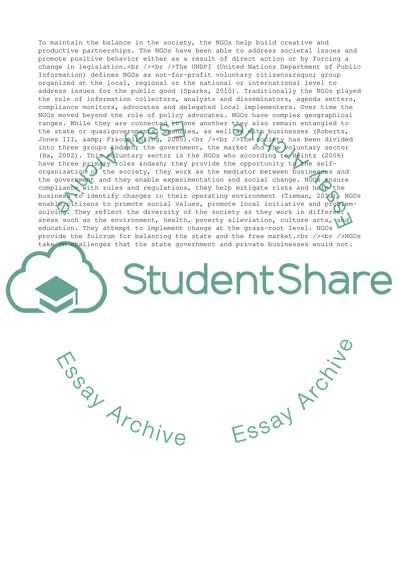Cite this document
(A Role of the Non-Government Organizations Coursework, n.d.)
A Role of the Non-Government Organizations Coursework. https://studentshare.org/management/1771338-exam-answer-for-current-management
A Role of the Non-Government Organizations Coursework. https://studentshare.org/management/1771338-exam-answer-for-current-management
(A Role of the Non-Government Organizations Coursework)
A Role of the Non-Government Organizations Coursework. https://studentshare.org/management/1771338-exam-answer-for-current-management.
A Role of the Non-Government Organizations Coursework. https://studentshare.org/management/1771338-exam-answer-for-current-management.
“A Role of the Non-Government Organizations Coursework”. https://studentshare.org/management/1771338-exam-answer-for-current-management.


